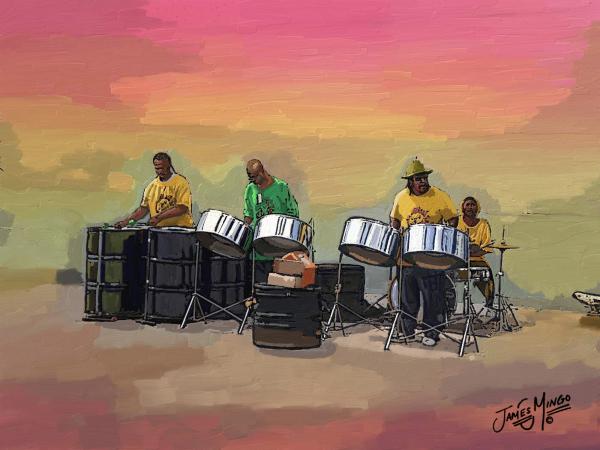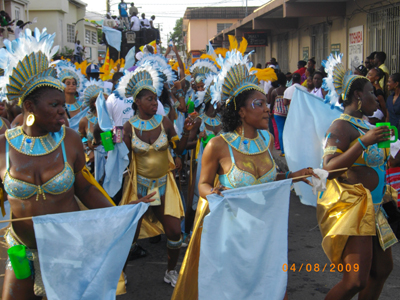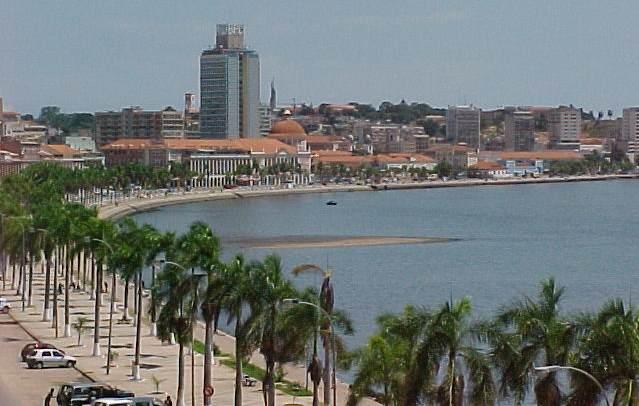This was a meal that required a lot of time. Not so much
that I really had, but it managed to work out in the end. It all started with
trying to find conch. The first place I went to was out, but I did manage to
find it at the Saraga International Grocery Store for $10/lb. (That place is huge! I wish
I had more time to look around.)
And then we promised the kids we’d buy them their own bikes with some of
the tax refund – no hand-me-downs this year. But needless to say, it set my
start time back a couple of hours.
No problems though.
The first thing I started was the bread since I knew it
would have a lot of resting time involved. It seemed like after every step, it
had to rest for an hour or something. (Sounds like my dream job…)
 |
| Shhh... it's resting. |
While it was resting, I got started on the ducuna. It starts out with grated sweet potato,
which also seemed like I’d never get to the end of that task. But then after I
added sugar, it –of course—had to rest an hour.
 |
| Grated sweet potato and sugar. It's also resting. I feel like I just walked into naptime at the culinary daycare. |
I made a Caribbean tarter sauce for the conch fritters. I’m
not a huge fan of tarter sauce in general, but this one didn’t add horseradish,
one of the very few foods I DON’T like. So, I thought it wouldn’t be too bad.
It was way more tolerable than regular tarter sauce, but I’m still not a fan.
Tarter sauce ranks right up there with Monday mornings, stepping in mud puddles
in sandals, and the Twilight series.
Then I ran back to the bread to kneed it (or as we called it, punching the dough) and formed it into the
rolls. After that, you guessed it,
it had to rest another 45 minutes to an hour.
 |
| Beat on the bread, beat on the bread, beat on the bread with a baseball bat. Well, ok, the Ramones did it better. |
Which then gave me time to start chopping the vegetables and
conch for the fritters. (The word is still out on the correct pronunciation of the word conch: some say /kahnch/ and some, like in south Florida, pronounce it /kahnk/. Maybe they're both right. I pronounced it /kahnk/ in the store and they had no idea what I was talking about. Then they said "Do you mean /kahnch/?") I made the
batter and mixed everything together. And –can you believe it? —it had to rest
in the refrigerator for an hour.
By now I was ready to put the bread in the oven. Yeah! After 25-30 minutes, it was
ready! (Finally…)
 |
| Mmmm... woo-hoo! |
 |
| Putting the ducuna in a foil bed and dunking it in boiling water. Hmmm, sounds a little like a spa treatment. |
The fritters turned out really well at first sight, but I
had to put some of them back in the oven because the insides weren’t quite
done. But after that, it was really good (minus the tarter sauce, that is).
 |
| That's $8.99 in a restaurant. Just leave your tip on the table when you leave. |
 |
| Not sure if this is what it was supposed to look like, but it was good nonetheless. |
Up next: Argentina
Resources:
Conch fritters: http://www.caribbeanchoice.com/recipes/recipe.asp?recipe=121
Antigua raisin cheese bun –




















